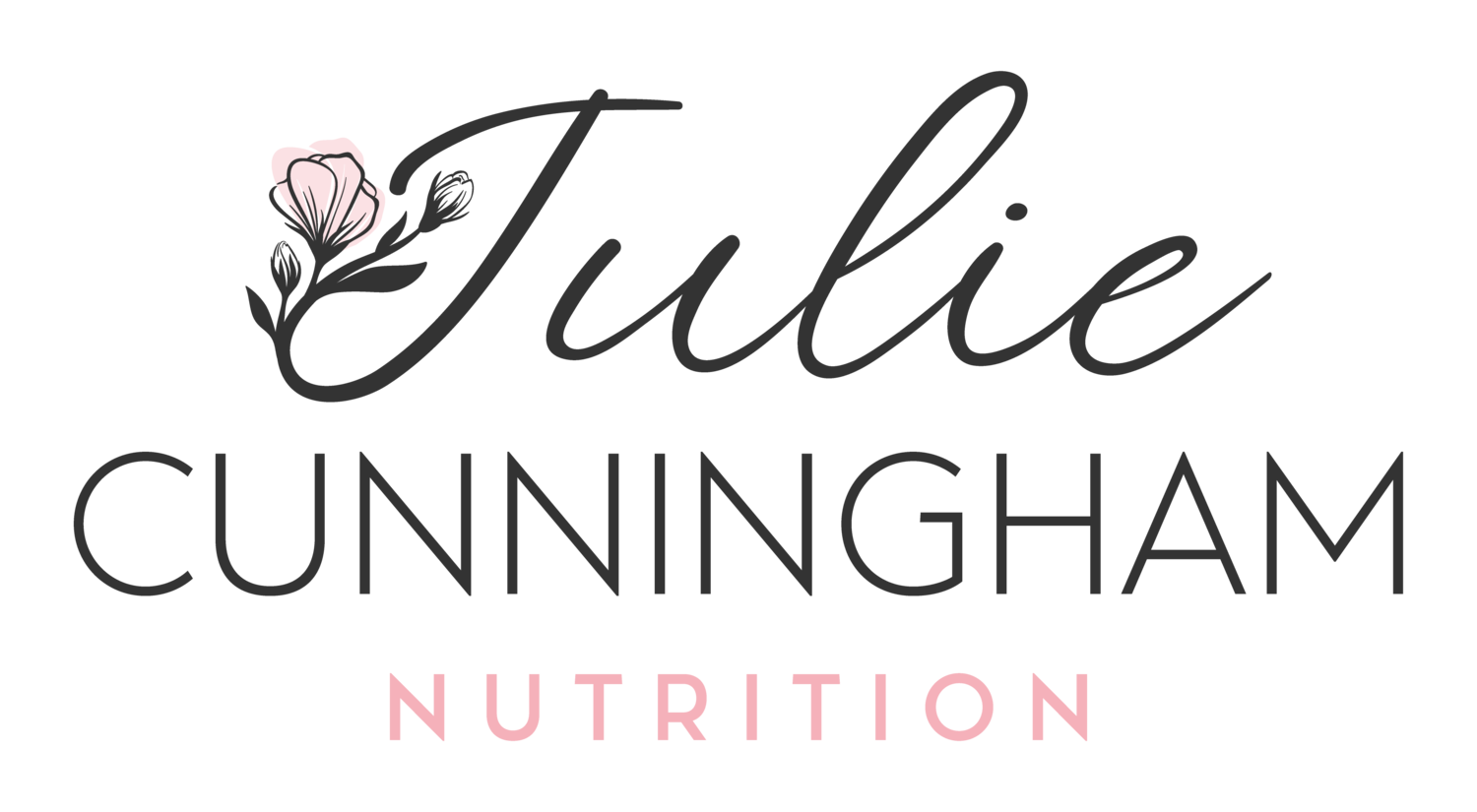Be Prepared to Treat Low Blood Sugar When You Live with Diabetes
Years ago, I worked in cardiac rehab. One of our patients had diabetes, and he had an episode of low blood sugar during his workout. He started slurring his words, sweating and stumbling around like a drunk person. I checked his blood sugar and saw that it was down in the 40s. We gave him two of the juice boxes that we kept stored just for that purpose, and we waited for a nerve-wracking 20 minutes for his blood sugar to come up. Finally, it did. Our patient felt a little tired but generally OK. He ate some peanut butter crackers, skipped the rest of his workout, and went home.
I've never worked on the inpatient side of a hospital if I could help it — I don't do blood or guts or gore very well. Acute healthcare isn't interesting to me; it's scary. I was scared for my patient that day, and I've been scared for other patients since that day too. That's why I want you to be prepared to handle a low blood sugar emergency if you need to.
Who's at risk for hypoglycemia?
People who take insulin
Those who take anti-diabetic medications with the risk of hypoglycemia, such as sulfonylureas
People who take diabetes medications and skip meals
Those who exercise without checking their blood sugar first
What blood sugar numbers are considered low?
A blood sugar level of less than 70 mg/dL is considered hypoglycemia.
A blood sugar level of less than 55 mg/dL is considered severe hypoglycemia.
How do I treat low blood glucose?
If you read my post on macronutrients and diabetes, you already know that the only foods that raise your blood sugar are carbohydrates. Ordinarily, you'll want to limit your carbs to keep your blood glucose from rising too high. But, when your blood sugar is low, you need carbs to help you increase your blood sugar.
When blood sugar is low, you want to get it up to normal as quickly as possible. That means eating or drinking simple carbohydrates that can be easily digested and absorbed by your body, not carbs that come with added fiber to slow your gut down.
Use this chart to help you decide what to eat to increase your blood sugar right away:
low blood sugar treatment chart
Try not to overcompensate when your sugar is low
If you've ever had a low, you know how bad it feels. Most people with hypoglycemia want to eat anything and everything they can find to get their blood sugar up right that minute. I don't blame them, but, that just doesn't work. If you eat fat and protein along with your simple carbohydrates, you'll actually slow down your digestion, delaying the time it takes for your blood sugar to come up to normal, so you're really prolonging your agony if you have a low and you eat anything but simple carbs. The other thing is that it takes 15-20 minutes for sugar to get into your gut, get processed, and hit your bloodstream. The only way to speed that up is to take a glucagon shot or to get IV glucose administered in a hospital or a clinic. If you're feeling bad but still able to function, the best thing to do is choose juice, soda, glucose tabs, or hard candy and eat them quickly. Then wait twenty minutes and check your blood sugar again.
Do I need a glucagon pen?
If you've had repeated episodes of hypoglycemia, especially severe lows, or if you have needed EMS to help you due to a low blood sugar attack, a glucagon pen may be right for you.
What is a glucagon pen?
Glucagon is a hormone that naturally occurs in the body. Think of it as the opposite hormone from insulin. Instead of lowering blood sugar, glucagon raises blood sugar. If you're at risk for hypoglycemia, your healthcare provider can write a prescription for you to have a glucagon pen.
It's important that you know how to use your glucagon pen if you have one, but it's even more important that your friends, family, and coworkers know how to use it. They also need to know where you keep your glucagon pen. (It needs to stay with you all the time — keeping it in your kitchen won't do you much good if your blood sugar runs low at work.)
Be prepared for a hypoglycemic emergency
Hopefully, you never have a hypoglycemic emergency, but better to be safe than sorry. In the action steps below, we'll get prepared to handle a low.
Action Items:
Print your own copy of the low blood sugar treatment chart if you'd like. You might like a copy at home, in the car, at work, etc.
Decide whether you'd like to treat your lows with juice, soda, hard candy, or glucose tabs. (There are other things you can use, but we'll stick with those for now.)
Purchase or gather the foods/beverages you've decided to use for treatment.
Think of all the places you might need to treat and store enough to treat one severe low or two moderately low blood sugar levels at each of these places:
Bedside table
Beside your chair in the living room or den
kitchen (label your soda or juice as "do not drink" so your family won't accidentally use it)
car
office
If you choose to treat with juice, kid-size juice boxes are especially good. They're the right size and they don't need refrigeration.


